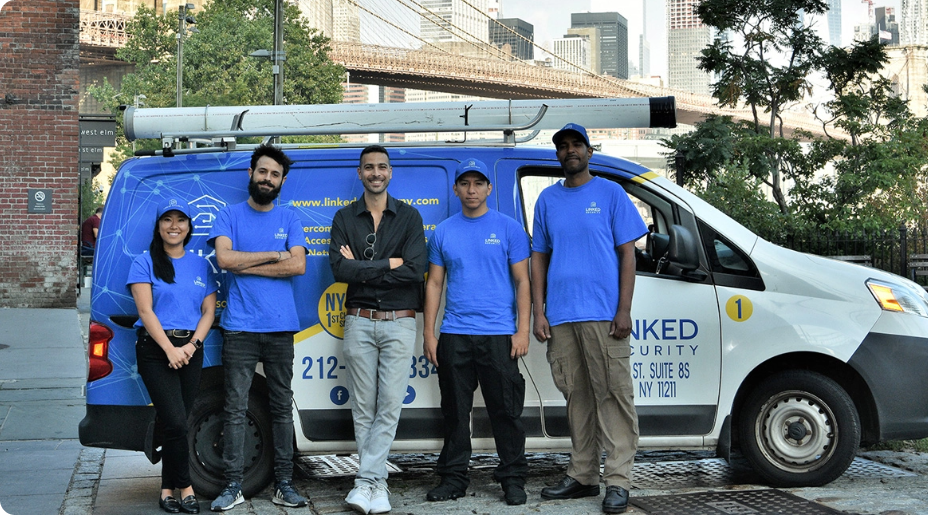Comprehensive Guide to Burglar Alarm Installation

Ensuring the security of your home or business is more important than ever. Burglar alarm systems are a crucial component of any effective security strategy, providing a reliable means of protecting your property from unauthorized entry. This article delves into the essentials of burglar alarm installation, highlighting key benefits, types of systems, installation processes, and considerations for choosing the right system for your needs.
Why Install a Burglar Alarm System?
- Enhanced Security
The primary function of a burglar alarm system is to enhance the security of your property. These systems are designed to detect unauthorized entry and alert you or a monitoring center, which can then notify the appropriate authorities. This immediate response capability significantly reduces the risk of theft and vandalism.
- Deterrence of Criminal Activity
Visible burglar alarms can act as a powerful deterrent to potential criminals. Knowing that a property is equipped with a security system can discourage burglars from attempting to break in, as the risk of getting caught is significantly higher.
- Peace of Mind
Having a burglar alarm system installed provides peace of mind, knowing that your property is continuously monitored for unauthorized access. This sense of security is invaluable, especially for homeowners and business owners who may frequently be away from their properties.
Types of Burglar Alarm Systems
- Wired Systems
Wired burglar alarm systems are traditional security setups that connect various sensors and devices through physical wires. These systems are highly reliable and typically offer robust performance, but they can be more challenging and expensive to install, especially in existing buildings.
- Wireless Systems
Wireless alarm systems use radio frequencies to connect sensors and devices. These systems are easier and quicker to install since they do not require extensive wiring. Wireless systems are also more flexible and can be easily expanded or relocated as needed.
- Monitored Systems
Monitored burglar alarm systems are connected to a monitoring center that oversees alerts and notifications. When an alarm is triggered, the monitoring center can quickly respond by contacting the property owner and dispatching emergency services if necessary. Monitored systems provide an additional layer of security and prompt response.
- Unmonitored Systems
Unmonitored systems, also known as self-monitored systems, rely on the property owner to respond to alerts. These systems typically send notifications directly to the owner’s phone or email. While they are generally less expensive than monitored systems, they require the owner to be vigilant and responsive to alerts.
Steps for Burglar Alarm Installation
1. Assess Your Security Needs
The first step in installing a burglar alarm system is to assess your property’s security needs. Consider factors such as the size of the property, the number of entry points, and the level of security desired. This assessment will help determine the type and number of sensors and devices required.
2. Choose the Right System
Based on your assessment, choose a burglar alarm system that meets your needs. Consider factors such as the system’s reliability, ease of installation, scalability, and cost. Decide whether a wired or wireless system is more suitable for your property and whether you prefer a monitored or unmonitored system.
3. Plan the Installation
Carefully plan the installation process, identifying the optimal locations for sensors, control panels, and other devices. Sensors should be placed at all potential entry points, including doors and windows, as well as in key areas within the property.
4. Install the Components
Follow the manufacturer’s instructions to install the system components. This typically involves mounting sensors, control panels, and alarm devices, and connecting them according to the system’s requirements. For wired systems, this may involve running cables through walls and ceilings, while wireless systems require ensuring a strong and stable signal between devices.
5. Test the System
Once the installation is complete, thoroughly test the system to ensure all components are functioning correctly. This includes testing each sensor, the control panel, and the alarm notification system. Address any issues or malfunctions promptly to ensure optimal performance.
6. Regular Maintenance
Regular maintenance is essential to keep your burglar alarm system in optimal working condition. This includes periodic testing, replacing batteries in wireless devices, and addressing any faults or issues that arise. Regular maintenance ensures the system remains reliable and effective over time.
Considerations for Choosing a Burglar Alarm System
- Budget
Determine your budget for a burglar alarm system, considering both the initial installation cost and ongoing maintenance or monitoring fees. While more advanced systems may offer additional features and higher security, they also come with higher costs.
- Property Size and Layout
The size and layout of your property play a significant role in determining the type and number of sensors and devices needed. Larger properties or those with complex layouts may require more extensive systems to ensure comprehensive coverage.
- Monitoring Preferences
Decide whether you prefer a monitored or unmonitored system. Monitored systems offer professional oversight and prompt response, but come with additional monthly fees. Unmonitored systems are typically more cost-effective but require the owner to be more involved in responding to alerts.
- System Features
Consider the features offered by different burglar alarm systems. Modern systems may include advanced features such as mobile app integration, remote control, environmental sensors (e.g., smoke and carbon monoxide detectors), and smart home compatibility. Choose a system that offers the features most relevant to your security needs.
Conclusion
Installing a burglar alarm system is a crucial step in enhancing the security of your home or business. By understanding the different types of systems available, planning the installation process, and choosing a system that meets your specific needs, you can significantly reduce the risk of unauthorized entry and protect your property. For those seeking professional assistance, companies like Linked Security NY offer reliable and comprehensive burglar alarm installation services, ensuring your property is safeguarded with the latest security technology.
Investing in a burglar alarm system not only provides enhanced security but also peace of mind, knowing that your property is protected around the clock.




